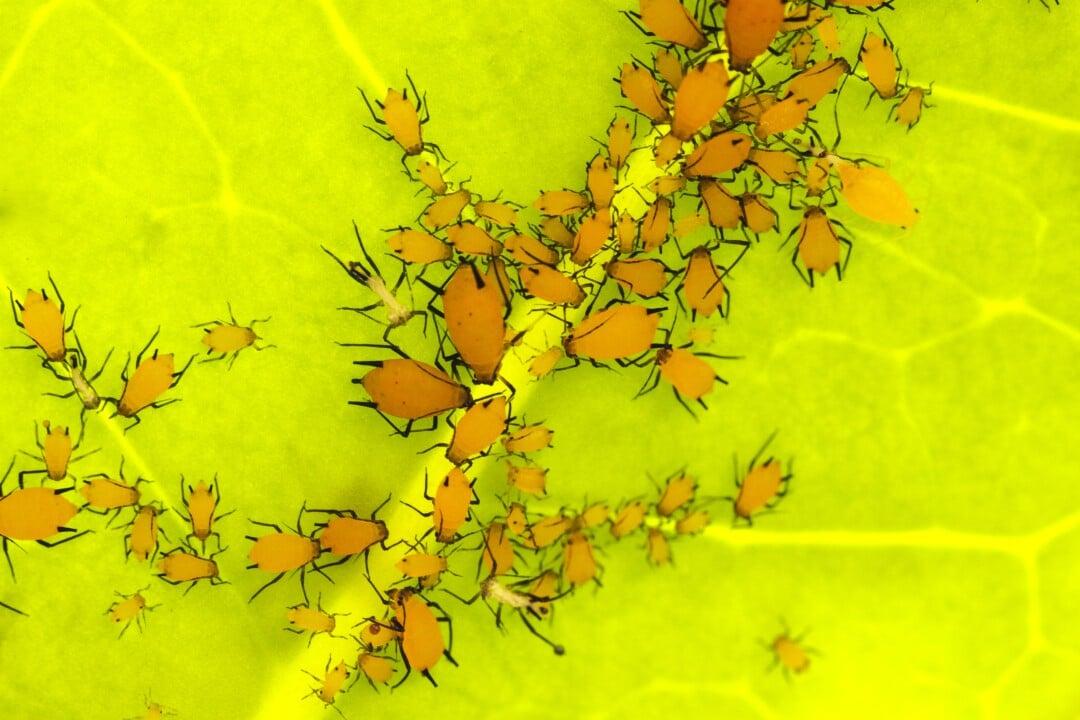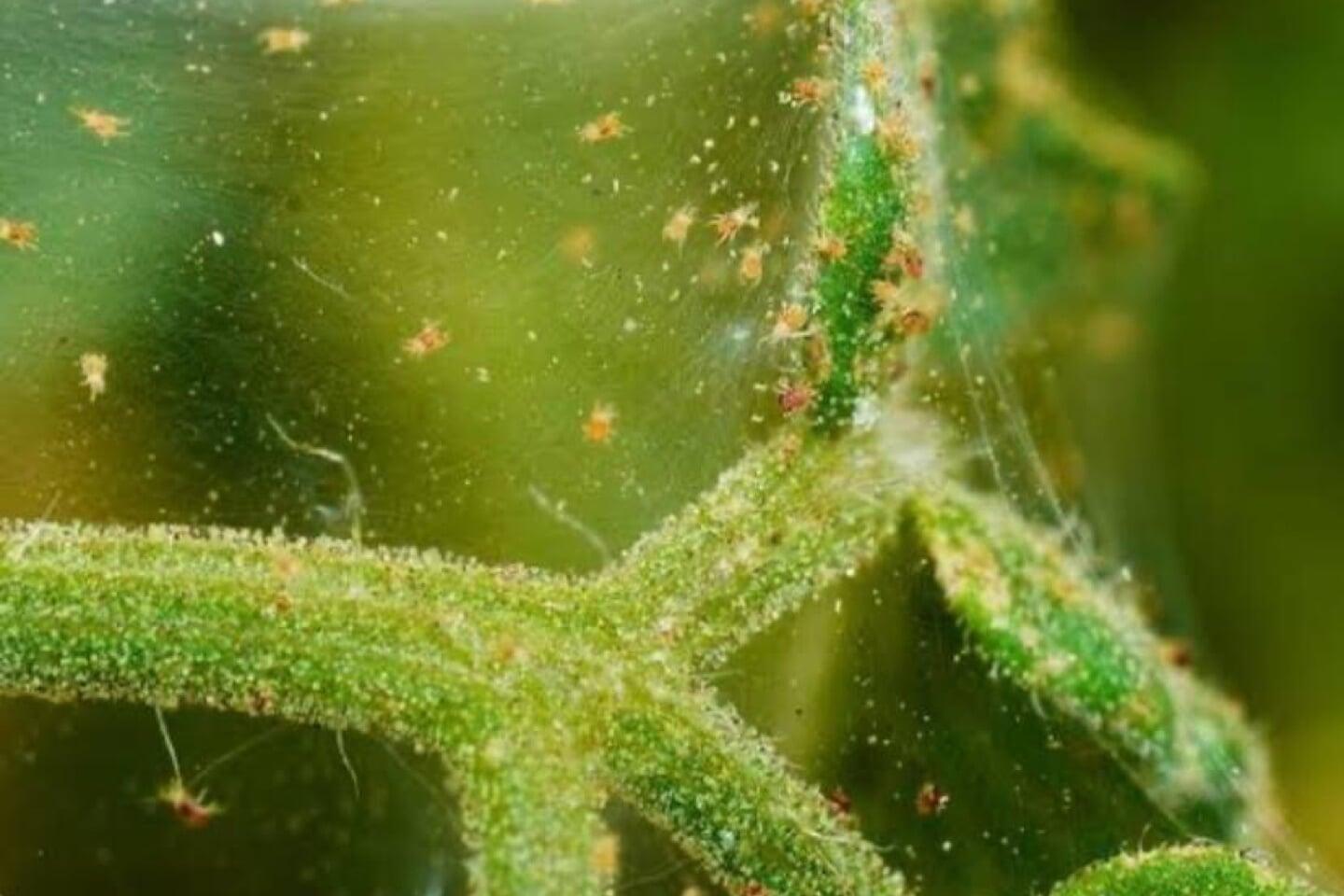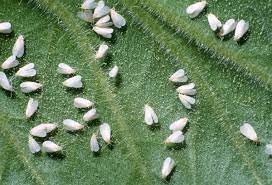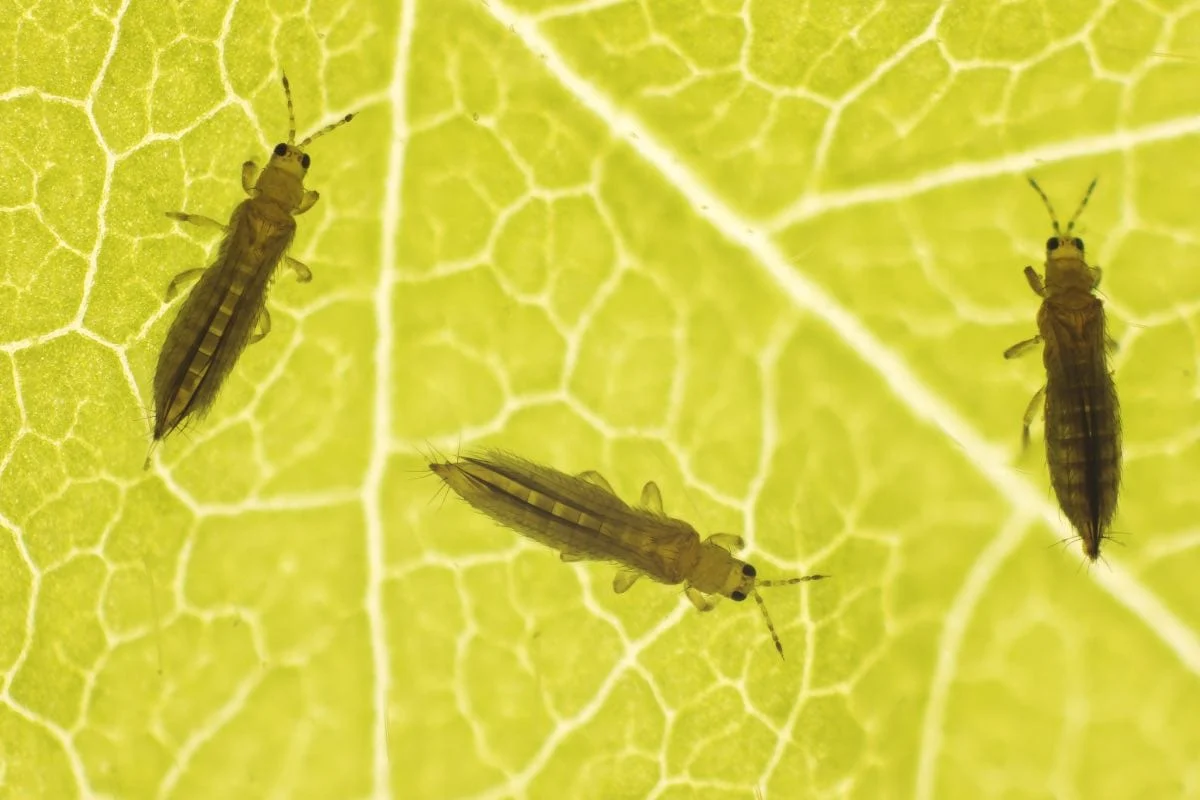Hydroponic gardening is a great way to grow plants in a controlled environment without soil, using nutrient solutions instead. However, like any type of gardening, hydroponic systems are susceptible to pests and diseases. In this blog post, we will go over some common pests and diseases that can affect hydroponic plants and how to prevent & control them.
Do you Know?
80% of the pest for plants are soil borne.
Just by eliminating soil from the equation we can eliminate 80% of pesticide usage in hydroponics.
4 Most Common Hydroponics Pests

Aphids
These small insects with soft bodies feed on the plant sap, causing the leaves to wilt and turn yellow. They can also transmit plant viruses.
Spider mites
These tiny insects feed on plant juices and can quickly infest an entire hydroponic system.


Whiteflies
These small, winged insects feed on the underside of leaves and cause yellowing and stunting of plants.
Thrips
These small, slender insects feed on plant sap and can cause a yellow or silver discolouration of the leaves

Prevention and Control of Pests in Hydroponic Systems
It is easier to prevent pests in hydroponic systems than to control them once they have taken hold. Below are some tips for preventing and controlling pests in hydroponic systems:
Use good hygiene practices
Always clean and disinfect all equipment and tools before and after use. This helps to prevent the spread of pests and diseases
Monitor the plants regularly
Check the plants regularly for signs of pests and diseases. This way you can detect and treat any problems early on. Use sticky traps to identify the pests.
Use biological control agents
Beneficial insects such as ladybugs & lacewings can help control pests. This may not be advisable in large farms due to use of pesticides at times needed.
Use organic pesticides
Insecticides soap and neem oil are effective against many common pests in hydroponic systems. They are also safe and non-toxic.
Make sure the water has the right pH and temperature: Most pests and diseases thrive in warm, humid conditions. By maintaining the right pH and temperature of the water, you can prevent many common problems.